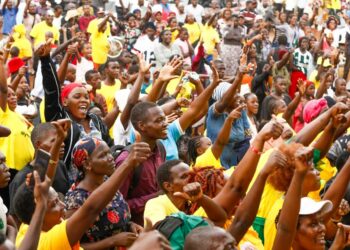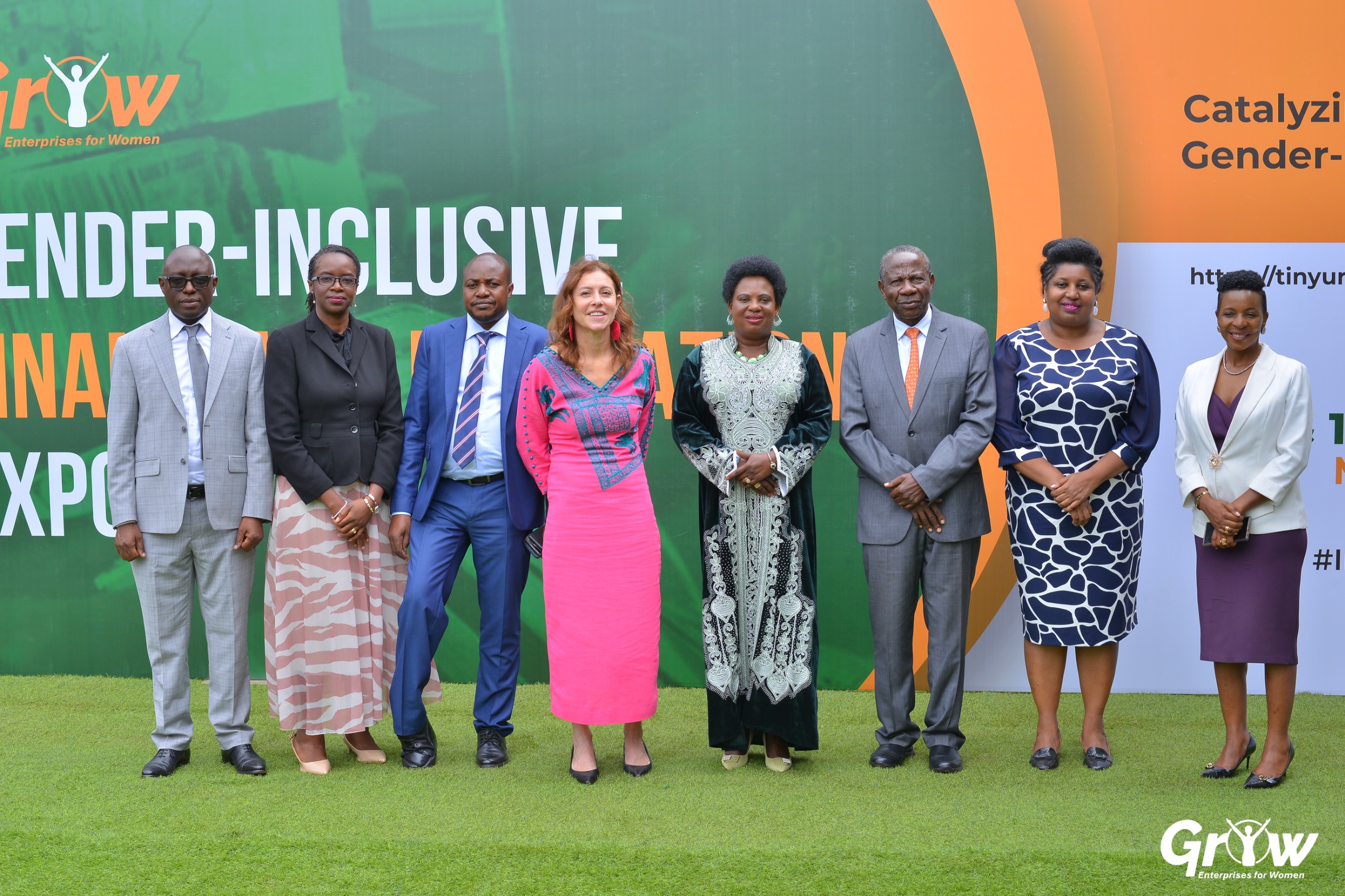In this article, I would like to express my gratitude to the government of the Republic of Uganda for the funding they have been providing to Karamoja for various interventions.
I believe it is important to acknowledge the government of Uganda at the beginning of this article as Mwangu Ronald (undated) has shown that government interventions in Karamoja have significantly influenced the development of Karamoja as a region.
Despite the substantial amount of money that the government pumps into the region, Karamoja continues to face significant challenges. It raises the question of whether there are recurring mistakes that are contributing to these on-going issues.
To illustrate my point in this article, I will focus on a few government interventions in Karamoja, starting with the tractor hire scheme that ran from 2009/2010 to 2012/2013 (Mwangu Ronald undated & Nakalembe et al., 2017). Nakalembe, Dempewolf, and Justice (2017) mention that the government distributed an estimated 29 heavy duty tractors and seven walking tractors in Karamoja through the tractor hire scheme.
Approximately 8396 acres of land were ploughed, and 950 metric tons of planting materials were provided to farmers in Karamoja (Nsibambi, 2014). However, despite these efforts, Karamoja continues to struggle with issues such as hunger and malnutrition.
This discrepancy raises concerns about either the effectiveness of the interventions or the implementation process. To support this concern Kasasira(2013) reveals that the tractor scheme was mismanaged and subsequently suspended in 2013.
A study by Mwangu (nd) titled “A Critical Appraisal of Government Development Interventions in Karamoja” cites OPM (2014) by explaining that the government pumped money into Karamoja by procuring and distributing 320 heifers and 180 goats to women and youth groups in Kaabong and Kotido districts in FY 2011/2012.
However, evidence indicates that the beneficiaries lacked the necessary skills for raising the heifers. This issue was exacerbated by the unfavorable environmental conditions in Karamoja. The questions I have are: since this involved public money, was an assessment conducted to determine the competency levels of the beneficiaries? Or was a study done to determine if the heifers could thrive in Karamoja?
To the government of Uganda: In order to avoid wasting money and resources, the cultural and ecological realities of Karamoja should be taken into account. This means focusing on local priorities and placing local knowledge at the centre of programming of any initiative in the region.
Ayub Mukisa (PhD)
Executive Director-Karamoja Anti Corruption Coalition
Email:ayubmukisa@gmail.com
Do you have a story in your community or an opinion to share with us: Email us at editorial@watchdoguganda.com














